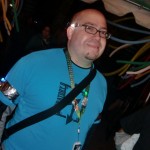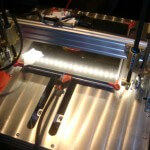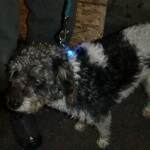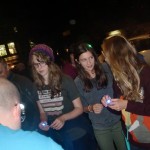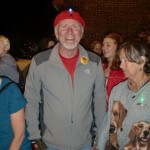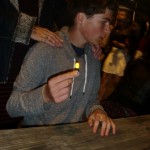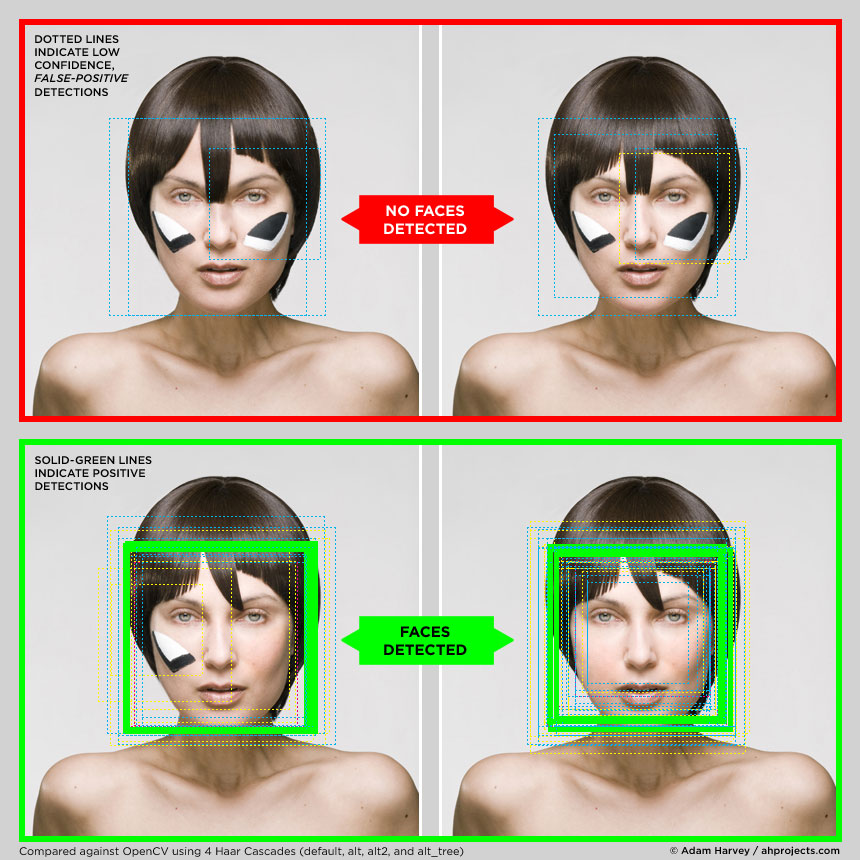I’ll be teaching a class on how to setup a Pirate Box at the Generator on March 22nd. Check out more info and sign up here.
Want to carry around a world of important data, like Wikipedia, and health guides?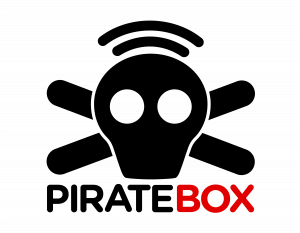
Need a way to share a bunch of files with some folks?
Come learn how to make a PirateBox a tool for sharing information in a secure offline manner!
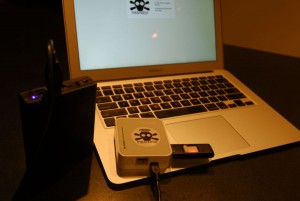 During this quick 4 hour class students will learn how to build a Pirate Box. This class will guide students through the process of converting a plain TP-Link MR3020 and USB thumb drive into a Pirate Box.
During this quick 4 hour class students will learn how to build a Pirate Box. This class will guide students through the process of converting a plain TP-Link MR3020 and USB thumb drive into a Pirate Box.

